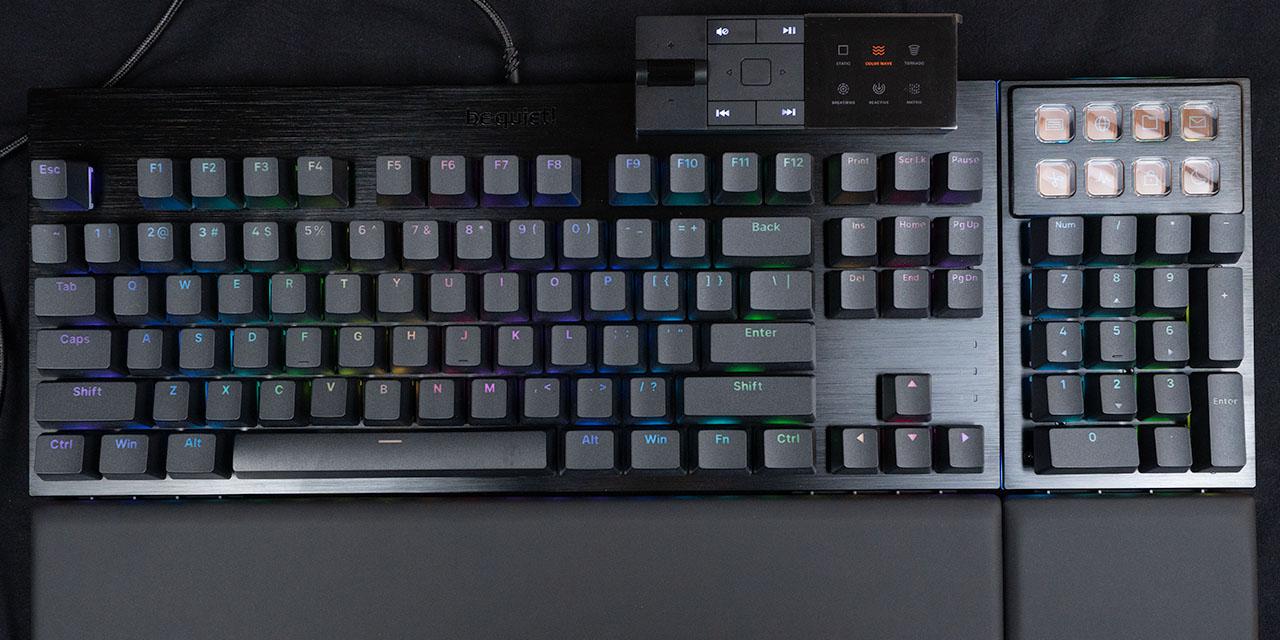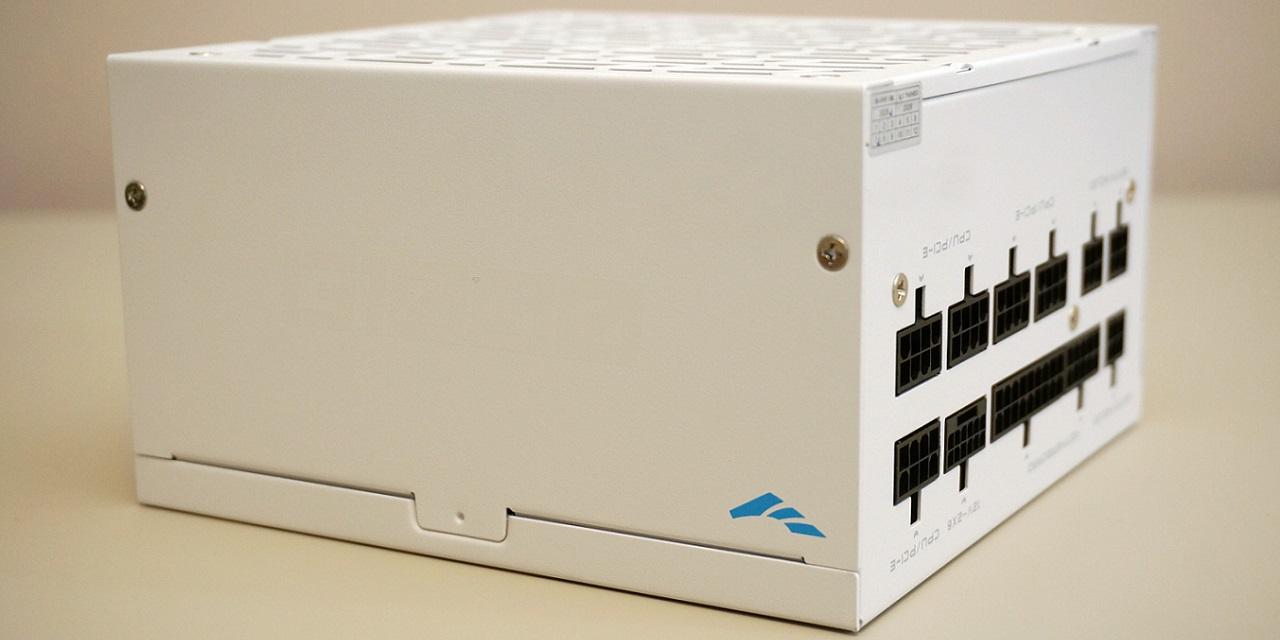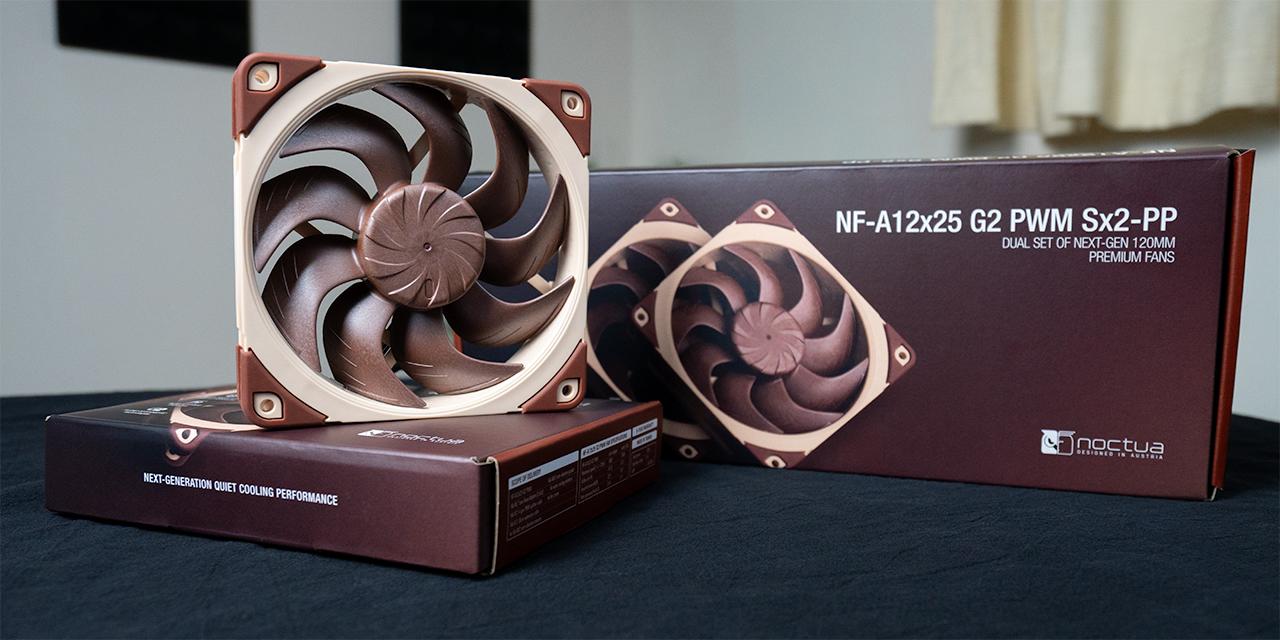Page 2 - Physical Look - Hardware

According to Cooler Master, the MasterLiquid Core II 360 White is part of their MasterLiquid Lite lineup, but its physical appearance does not necessarily align with this. For one, we have a standard design with the Master MasterLiquid Core II 360 White. Its conventional looks are only countered by an all-white finish, which is still not out of the ordinary. The tubes have braided sleeves for a clean finish. Furthermore, the branding on the radiator is limited to the logo on the water block and the fans. On the other hand, the top of the water block with an "infinity" mirror finish will draw people’s attention. Its design is visually appealing, especially when it is powered on and illuminated. The RGB LED lights shine on the edges and in the middle to make for a repeated effect. Also, because it acts like a mirror, you can see yourself when the block is not turned on. Several cables lead out of the water block to power and control the lighting and pump.
The radiator has measurements of 394mm in length, 119.2mm in width, and 27.2mm in thickness. These are standard numbers for a 360mm closed loop cooler. The size of a radiator plays a crucial role in cooling, as larger surface areas result in better heat dissipation. It is aluminum, which performs satisfactorily in terms of heat transfer. However, the main advantage of this material is its lower mass, which should reduce the strain placed on the case. Overall, the build quality of the Cooler Master MasterLiquid Core II 360 White is standard with no obvious flaws or defects to observe. I would like to see a bit of protection under each mounting hole to ensure screws do not contact the fins, but if you use the included screws, this will not be an issue.

Upon closer inspection of the Cooler Master MasterLiquid Core II 360 White, we have a standard radiator fin layout. The fins are placed in this manner, so they contact the liquid running through the top and bottom. The result is a wavy set of fins, which are consistent in pattern and without any defects. Heat from the liquid runs through the radiator and transfers to the fins through the contact points. Fans are attached to the radiator to dissipate the heat. The liquid is transported around the loop via tubing. This measures 400mm in length, which I found to be just enough for my build. This does depend on where you mount the radiator in relation to the CPU block. When placed above, there is more than enough tubing, but if you place it on the front panel or the side of your case, you might see a bit more of a stretch. Finally, the tubes are strong and flexible and should not form any kinks, even in more extreme bends. They pivot on the water block for maneuverability. Cooler Master also includes some tube clips so you can position them better.

On the other end of the tubes are the combined contact plate, pump, and water block. This unit measures 83mm in length, 76.2mm in width, and 52.3mm in height. The base contacting the processor is an exposed copper plate. The base is flat, but does not show any circular polishing marks. Cooler Master has also installed the mounting arms on opposite sides of the block to minimize the installation steps. A label is placed on this area to prevent any surface scratches, so it is important you remove the label before installing it. Inside, we have a pump operating at 3000 RPM. It is powered and controlled through a 3-pin voltage-regulated header, which contradicts the specifications. According to Cooler Master, the pump has a mean time to failure of over fifty thousand hours and a maximum pump noise level of 25dbA. Surprisingly, this is a shorter lifespan than the previous MasterLiquid Core AIO cooler we reviewed.

The three fans included with the Cooler Master MasterLiquid Core II 360 White come already installed on the radiator to help with faster installation. They are also all daisy-chained together and connect via a proprietary cable header. Unfortunately, this means that if one fan fails, you cannot easily swap out a fan without adding more connectors to the motherboard. A final cable is included to adapt this header into the standard 3-pin ARGB and 4-pin PWM connections, which cuts down on overall cable clutter, but there are trade-offs to this solution.
Cooler Master said these are revamped fans for better aesthetics, but without anything powered on, the fans look like the ones included with the last MasterLiquid Core AIO. The label on the other side of the fans says these are MasterFan MF120 Lite ARGB White fans, which align with the provided specifications from Cooler Master. This means the 120mm fans operate at 650 to 1750 RPM with a maximum airflow of 70.7CFM, maximum air pressure of 2.0mmH₂O, and a rated noise level of 30dBA. Cooler Master states these have the same lifespan of 160,000 hours on these fans as the predecessor. Disappointingly, these fans use sleeve bearings, whereas the previous Core AIO fans were rifle bearings. Rifle bearings are an improvement over sleeve bearings that result in lower noise output and increased lifespan. On the other hand, once the fans are plugged in, the visual department is clearly improved, as the RGB LED lights on the MasterFan MF120 Lite ARGB White fans shine with excellent vibrancy and color.
Page Index
1. Introduction, Packaging, Specifications
2. Physical Look - Hardware
3. Installation and Test Results
4. Conclusion





